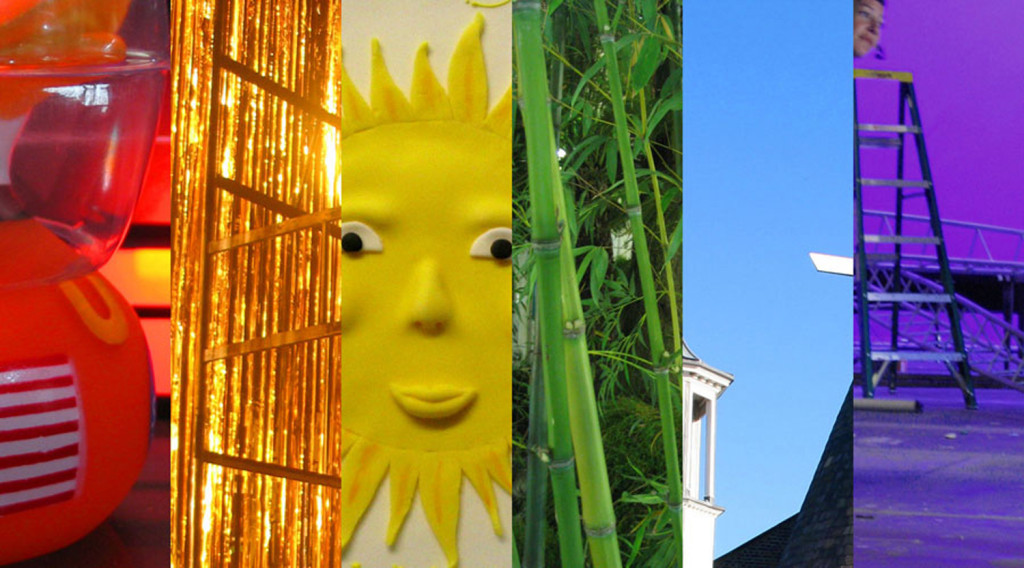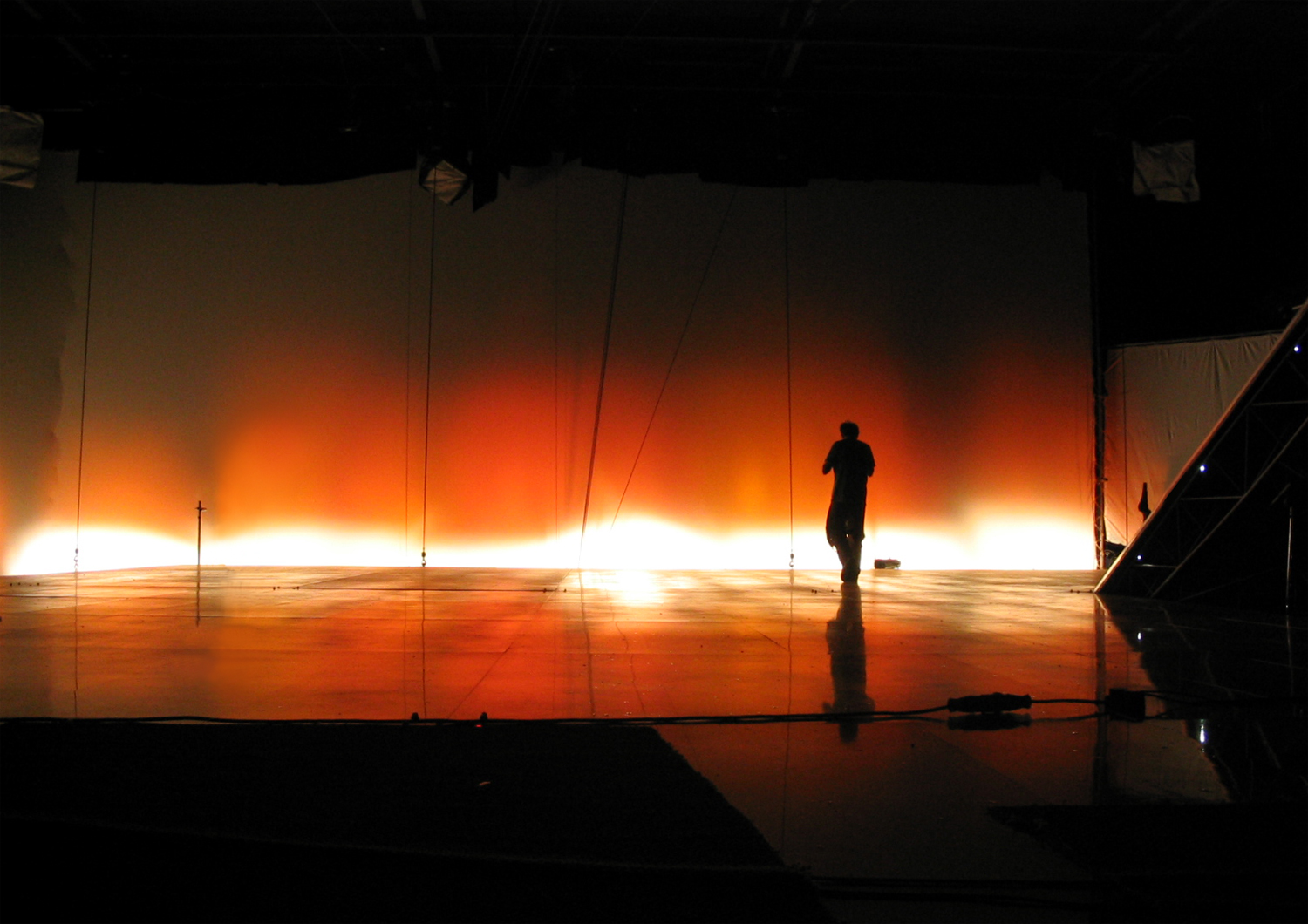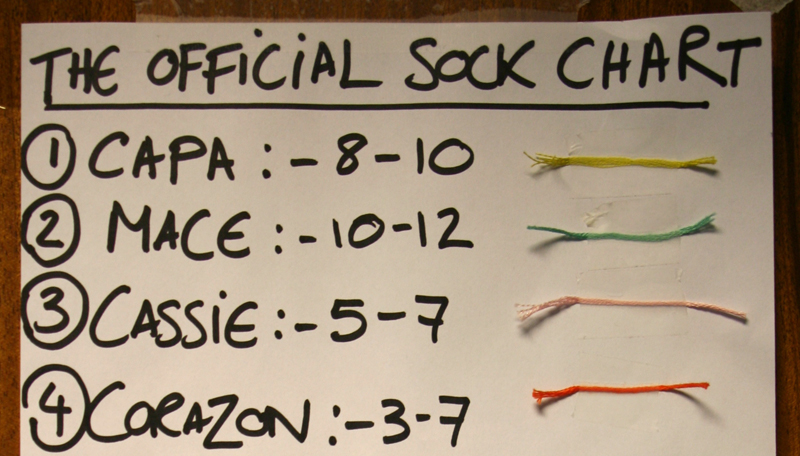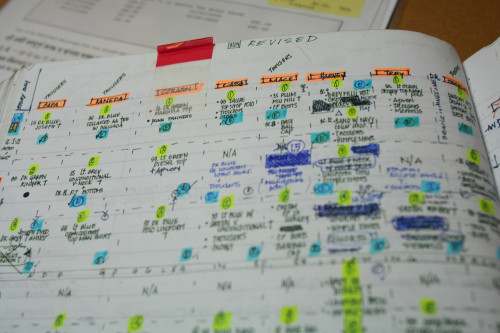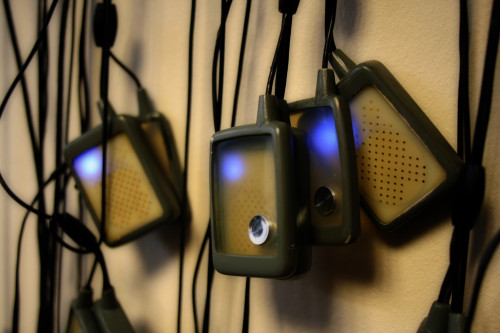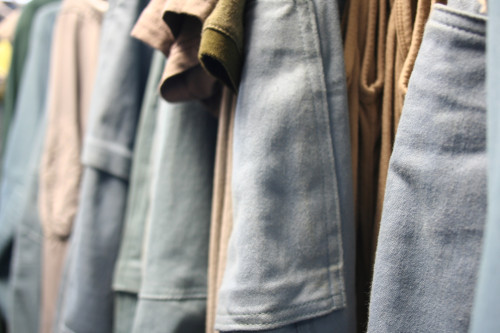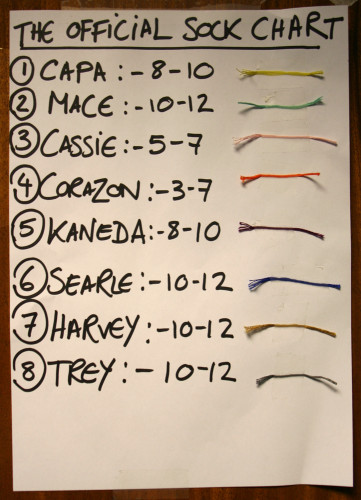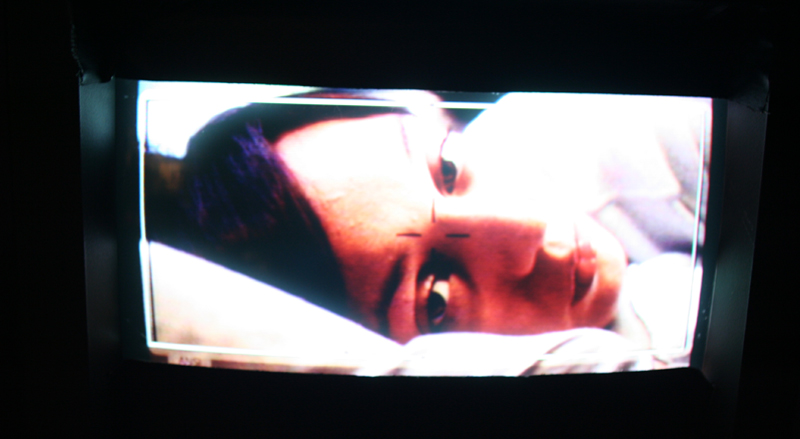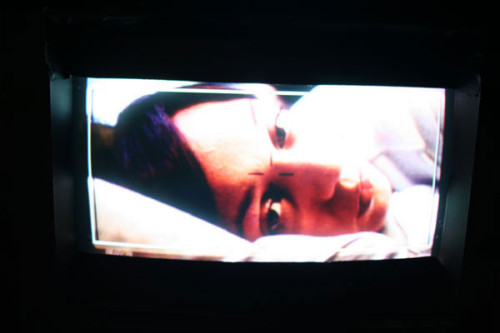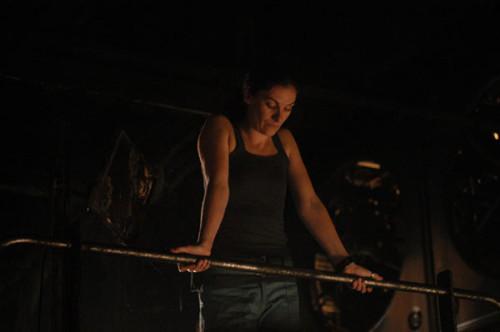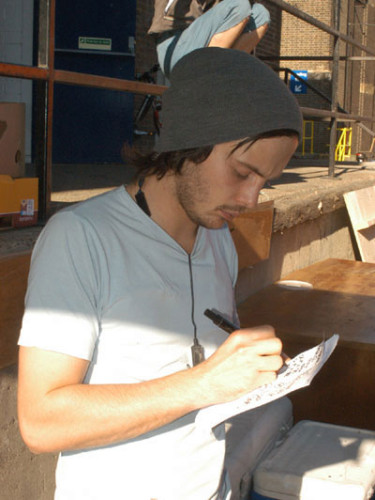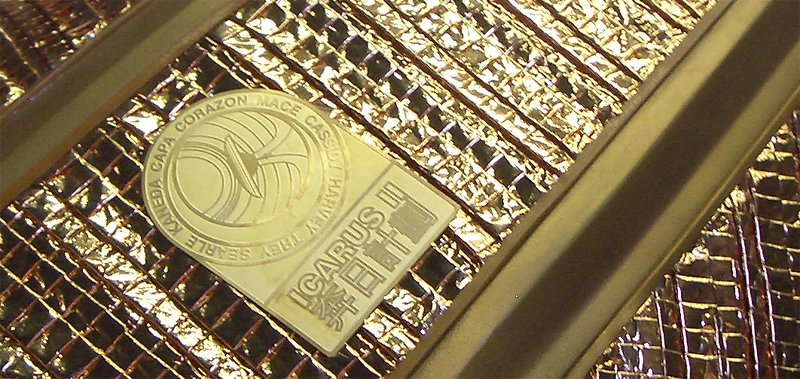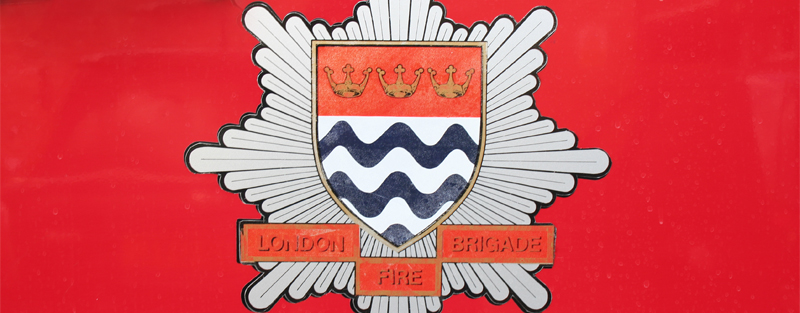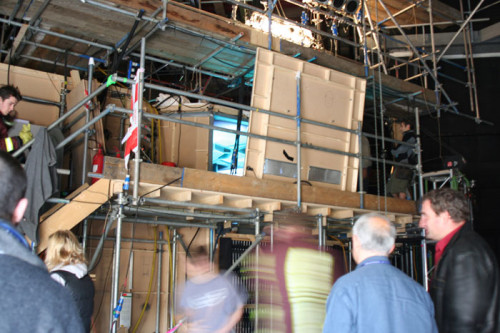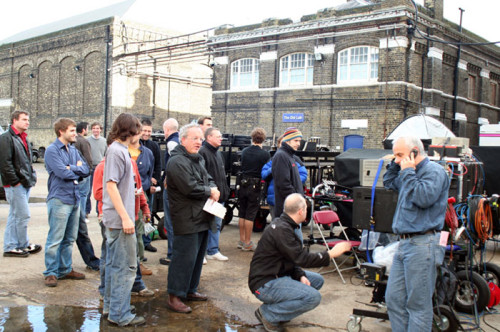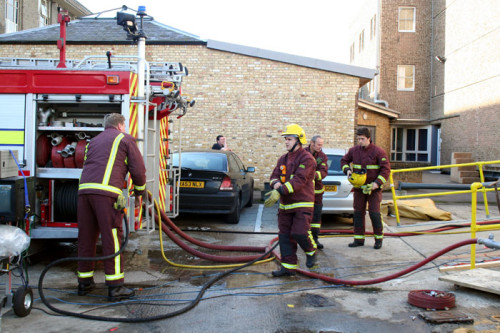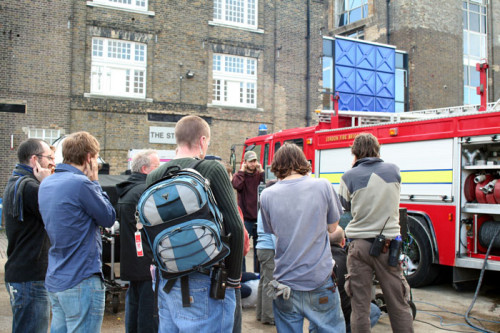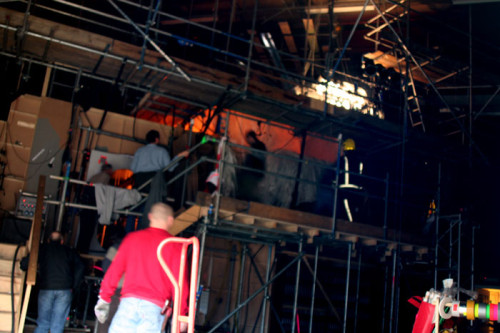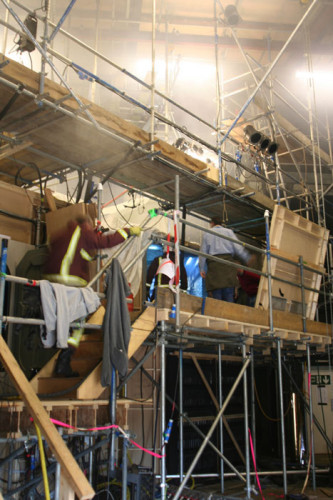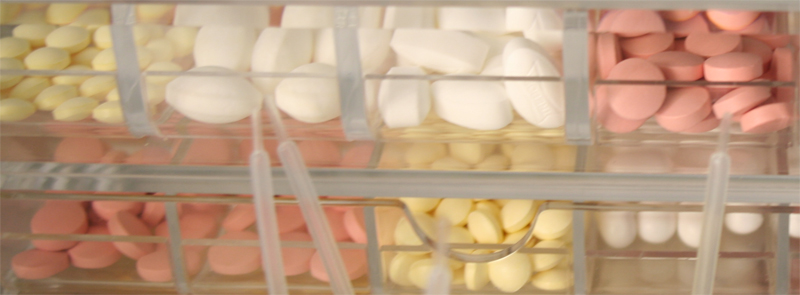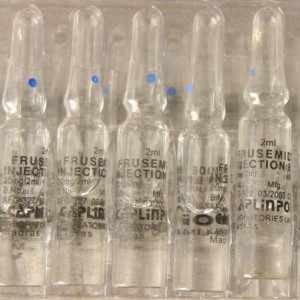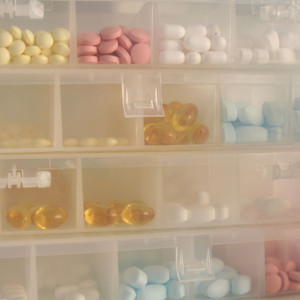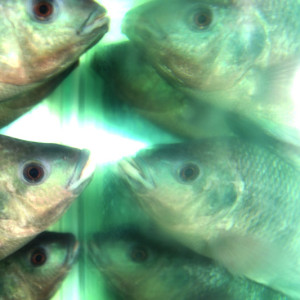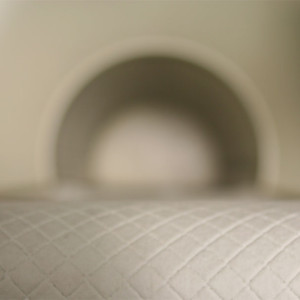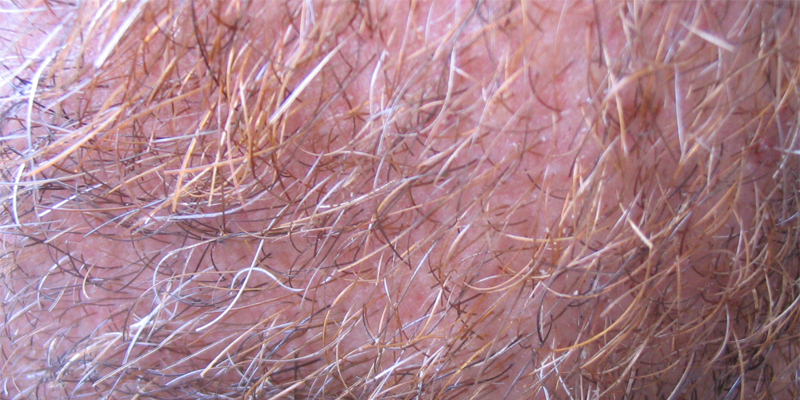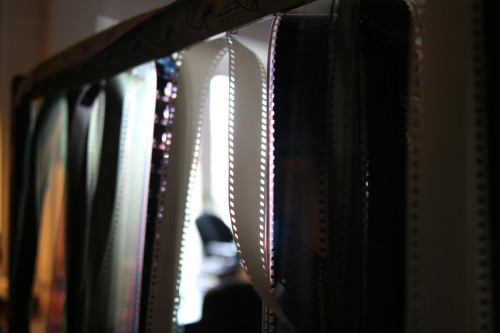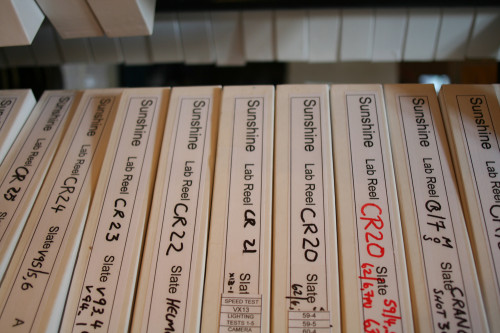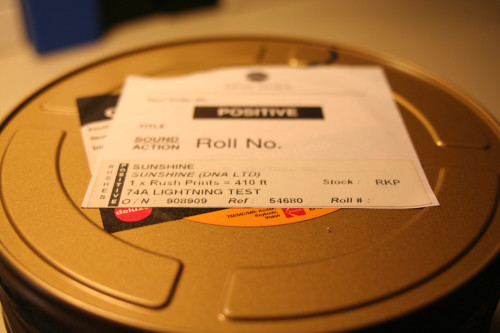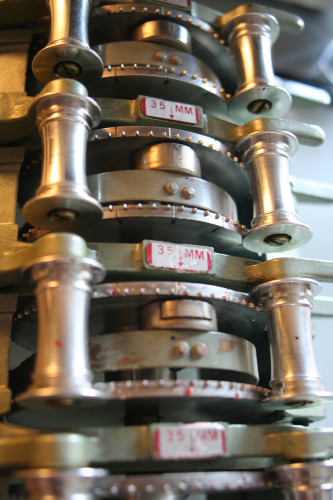The first person to eat in space was the first person to travel there… which was…. Anyone? Anyone?
Right. Yuri Gagarin.
During his 118 minute, one-orbit-around-the-Earth mission on the 12th of April, 1961, Gagarin experimented with eating solid, pasty and liquid foods as he remained in constant radio contact with the Earth. No one knew whether it would be possible to actually swallow in Zero G, they thought perhaps the food would catch in the throat. Yuri Gagarin, however, had no trouble eating, even though they evidently hadn’t thought of presentation when it came to preparing the meals.
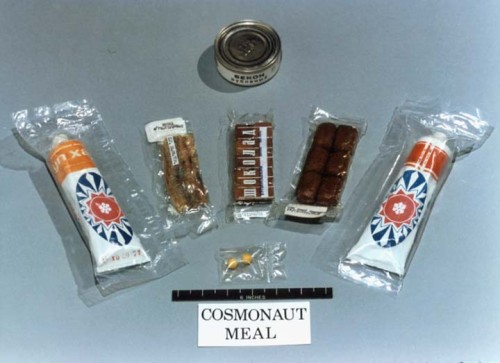
Russian cosmonaut food from the 1970s. Photo from NASA.
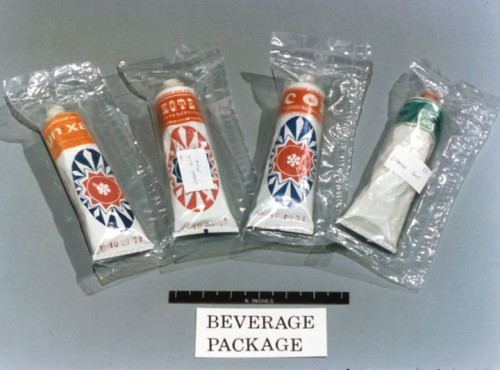
Russian cosmonaut coffee with milk from the 1970s. Photo from NASA.
Soon after Gagarin’s flight, the Americans were in space. Mercury astronauts were also confronted with unappetising meals made of bite-sized cubes, freeze dried foods, and semi-liquids in aluminium tubes. They reportedly had a difficult time rehydrating the foods, found the food-in-tubes unappealing and discovered that the crumbs from the bite-sized cubes were a threat to the on-board equipment.
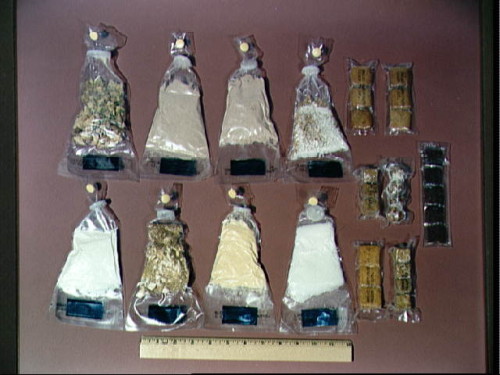
Food kit used by Mercury astronauts. Included are packets of mushroom soup, orange-grapefruit juice, cocoa beverage, pineapple juice, chicken with gravy, pears, strawberries, beef and vegetables and other assorted food containers. Photo from NASA.
By the time of the Skylab missions in the early 70s, American space food was relatively sophisticated. Skylab had a freezer and a refrigerator, their food trays doubled as warming devices, they ate with a fork, knife and spoon (all of which were held to the tray by magnets when not being used) and they even had a dining table.
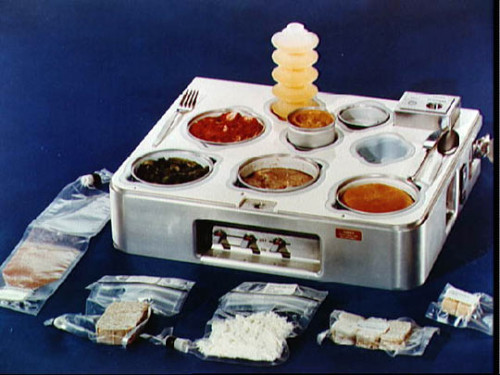
Skylab food. Out of tray, starting from bottom left: grape drink, beef pot roast, chicken and rice, beef sandwiches and sugar cookie cubes, In tray, from back left: orange drink, strawberries, asparagus, prime rib, dinner roll and butterscotch pudding in the center. Photo from NASA.
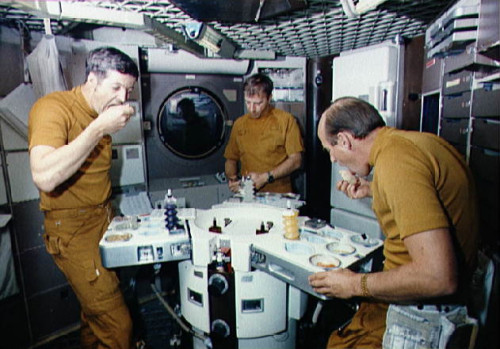
The three members of the prime crew of the first manned Skylab mission dine on specially prepared Skylab space food in the wardroom of the crew quarters of the Skylab Orbital Workshop (OWS) trainer during Skylab training at the Johnson Space Center. They are, left to right, Scientist-Astronaut Joseph P. Kerwin, science pilot; Astronaut Paul J. Weitz, pilot; and Astronaut Charles Conrad Jr., commander. Photo from NASA.
These days eating in space is easy and routine. Meals take 30 minutes to an hour to prepare- some foods need only to be rehydrated using either hot or cold water produced by the Shuttle Orbiter’s fuel cells. Though they don’t have a freezer or refrigerator as Skylab did, they do have a forced air convection oven used to heat their meals. Their eating utensils include a fork, knife and spoon as well as a pair of scissors to cut open packages. They even have condiments- including mustard, ketchup, hot sauce and liquified salt and pepper.
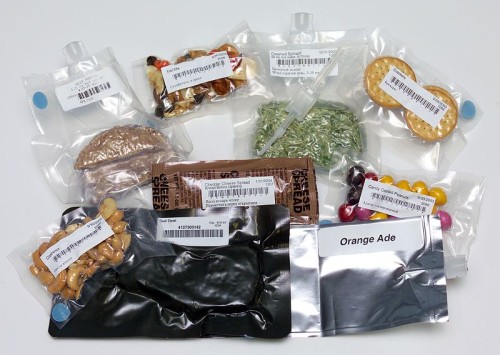
Selection of food available on the ISS. Photo from NASA.
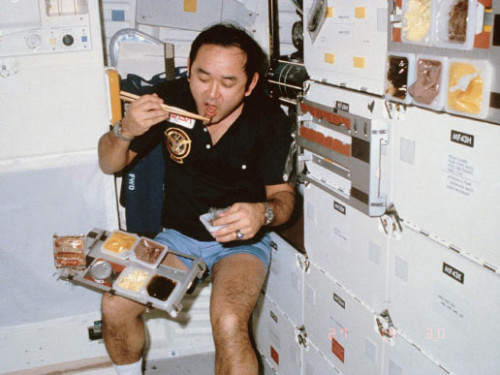
Mission specialist Ellison S. Onizuka is using chopsticks to eat his meal on the middeck of the Discovery during the STS 51-C mission. A food tray is floating on his lap and another is attached to the middeck lockers. Photo from NASA.
In the future, on missions to Mars, extended stays on a Moon base, perhaps even a mission to the Sun, they will require a much wider variety of foods to prevent boredom with mealtimes and to discourage dangerous weight loss. Foods with an extremely long shelf life and high nutritional value, such as dried pulses, nuts and seeds, will be an absolute requirement.
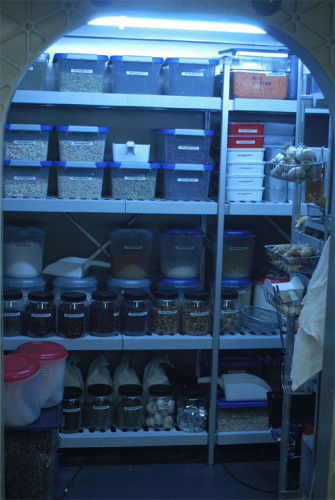
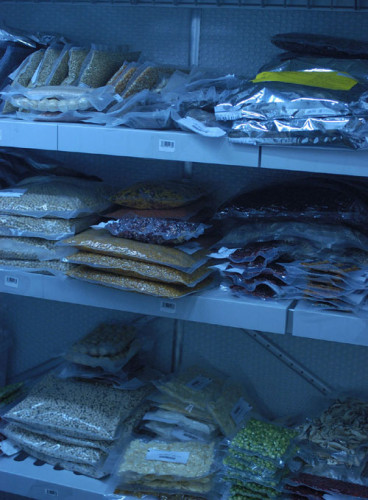
Extended space missions will have to rely fairly heavily an advanced life support system in order to grow fresh food and to replenish oxygen supplies. Fresh fruit and vegetables not only enhance the flavour of meals in space, where often people’s sense of taste is dulled, but they contribute to the need for antioxidants which help to combat the effects of radiation.



